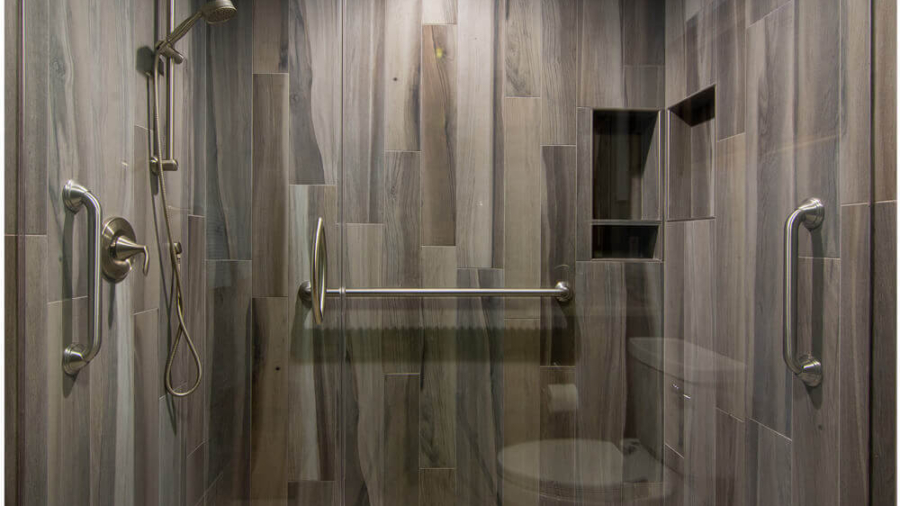Biophilic design has gained traction in recent years as people seek ways to reconnect with nature in their built environments. However, it’s important to understand that biophilic design goes beyond simply adding a few houseplants to your space. It’s a holistic approach to design that aims to foster a deep connection with nature through various elements incorporated into the design and materials used.
What is Biophilic Design?
Biophilic design is about creating environments that mimic nature’s patterns, forms, and processes. The term “biophilia” refers to the innate human connection to nature. Biophilic design harnesses this connection by incorporating elements such as natural light, vegetation, water features, and organic materials into architectural and interior spaces.
Direct Experiences with Nature
One aspect of biophilic design involves incorporating direct experiences with nature into the built environment. This can be achieved through the use of natural materials such as wood, stone, and clay, which not only bring elements of the outdoors inside but also create a sense of warmth and authenticity. Integrating live plants into the design further enhances this connection, bringing the soothing presence of greenery into our living spaces. Additionally, features like natural lighting, flowing water elements, and even fireplaces can evoke a sense of being immersed in nature, promoting relaxation and well-being.
Indirect Experiences Through Representations
Biophilic design also encompasses indirect experiences with nature, which can be achieved through representations of natural elements in the design. This includes using color schemes inspired by nature, such as calming blues, earthy greens, and warm browns, which evoke feelings of tranquility and connection to the outdoors. Artwork that depicts natural scenes or motifs can also help to bring the outside world indoors, while materials that mimic natural textures, like marble or stone-effect tiles and countertops, further blur the lines between the built environment and the natural world.
Creating Spaces of Refuge and Relaxation
Another key aspect of biophilic design is the creation of spaces that provide refuge and relaxation, allowing occupants to escape the stresses of modern life and recharge in a natural setting. This can involve designing cozy nooks or seating areas surrounded by greenery, or incorporating elements like natural water features or views of greenery through windows and openings. By prioritizing the integration of these natural elements into the design, biophilic spaces can promote mental clarity, reduce stress, and improve overall well-being.
Looking Beyond the Interior
It’s important to note that biophilic design isn’t limited to what’s inside a space – it also considers the natural spaces that can be seen through windows and openings. Whether it’s a lush garden, a serene woodland, or a breathtaking mountain view, the ability to connect with these natural landscapes from within the comfort of our homes can have a profound impact on our mood and mindset.
Overall, biophilic design offers a holistic approach to creating spaces that promote well-being and connection with nature. By incorporating direct and indirect experiences with nature, creating spaces of refuge and relaxation, and considering the natural surroundings beyond the interior, biophilic design has the power to transform our built environments into havens of tranquility and inspiration. Need inspiration? Give Lenton Company a call to discuss transforming your living space into a retreat with style and serenity.



